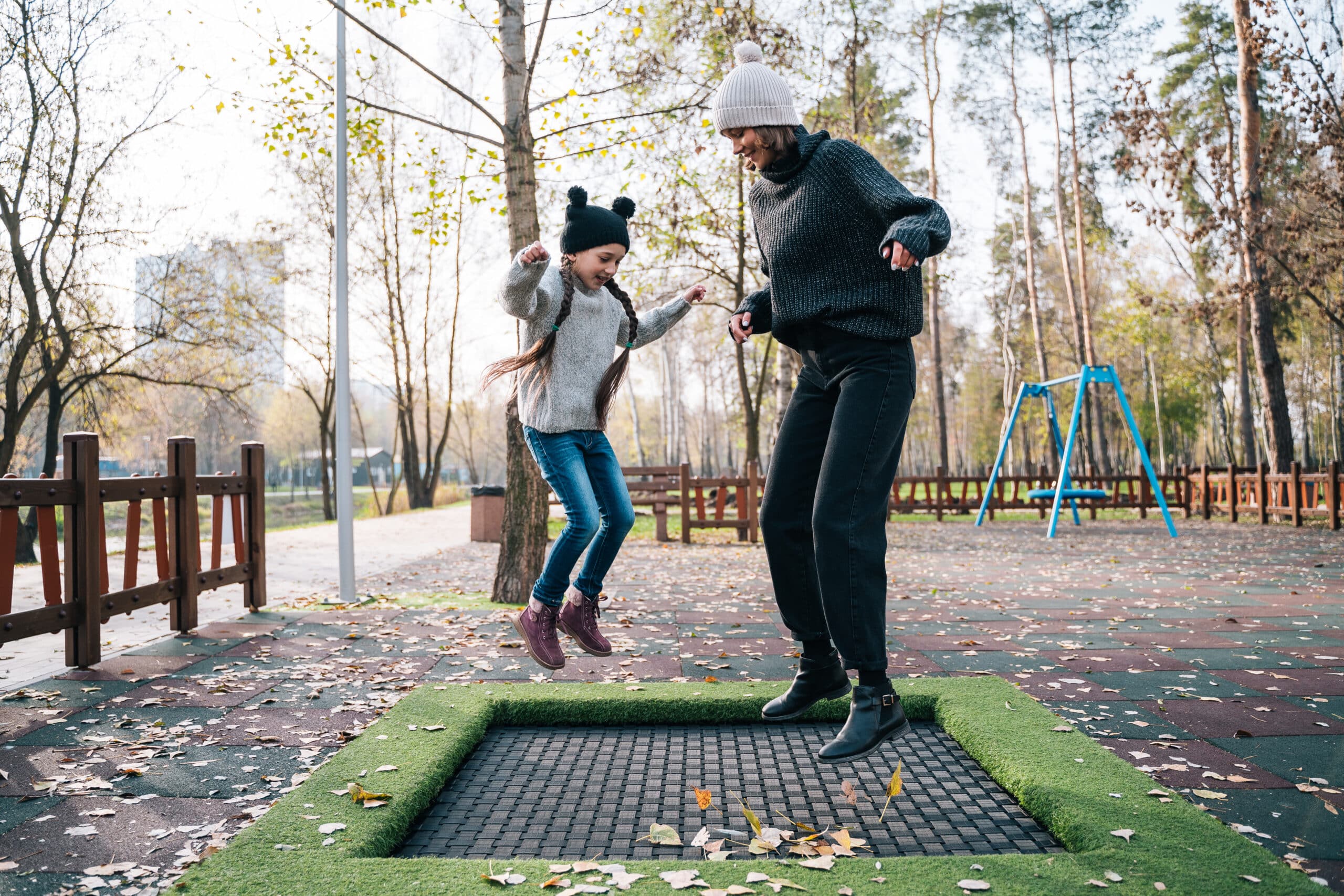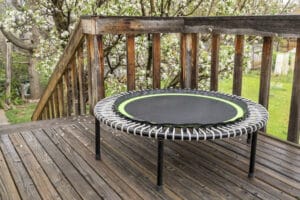Can You Leave a Trampoline Outside All Winter?
Key Takeaways
- Trampolines can be left outside in winter, but they need to be properly prepared and winterized to withstand the harsh conditions.
- Proper winterization includes cleaning and removing debris, disassembling and storing the trampoline, using a trampoline cover, securing against strong winds, regular maintenance, and following the manufacturer’s guidelines.
- Best practices for winterizing a trampoline include removing certain components, installing a weather cover, storing all components in a dry environment, using a trampoline wind stake anchor kit, regularly cleaning the trampoline, and avoiding certain actions like removing snow with a shovel or using a wet or snow-covered trampoline.
Trampolines are a popular outdoor activity for both children and adults, providing hours of fun and exercise. But when winter arrives, many trampoline owners wonder if it is safe to leave their trampolines outside in the cold and snowy weather. The answer is yes, trampolines can be left outside in winter, but they need to be properly prepared and winterized to withstand the harsh conditions.
How to Protect a Trampoline in the Winter
Protecting a trampoline during the winter months is crucial to ensure its longevity and safety. Here are some steps you can take to protect your trampoline:
Clean and Remove Debris
Before winter sets in, it is important to clean and remove any debris from your trampoline. This will prevent damage and ensure a safe jumping surface when it is time to use it again. Clearing off leaves, sticks, and other debris will also prevent moisture accumulation, which can lead to rust and deterioration.
Disassemble and Store
If possible, disassembling and storing your trampoline in a dry place is the best way to protect it during winter. This will prevent rust and deterioration caused by exposure to moisture and cold temperatures. Make sure to store all trampoline components, including the safety pad, mat, springs, and frame, in a dry, dust-free environment.
Use a Trampoline Cover
Another option is to use a trampoline cover for added protection against snow and ice. A durable cover will keep the trampoline surface dry and prevent damage from the weight of snow. Make sure to secure the cover properly to prevent it from blowing away in strong winds.
Secure Against Strong Winds
Strong winds can be a threat to your trampoline during winter. To prevent it from being blown away, use trampoline wind stake anchor kits to secure the frame to the ground. This will ensure that your trampoline stays in place even during gusty winter storms.
Regular Maintenance
Throughout the winter, it is important to regularly check and maintain the condition of your trampoline. Inspect it for any signs of damage or wear, and make any necessary repairs. This will help prolong the lifespan of your trampoline and ensure its safety when it is time to use it again in the spring.
Follow Manufacturer’s Guidelines
Always follow the manufacturer’s guidelines for winter storage and maintenance of your trampoline. They will provide specific instructions based on the design and materials used in your trampoline. Following these guidelines will help ensure that your trampoline remains in good condition and safe to use.
Best Practices for Winterizing a Trampoline
While the steps mentioned above provide a general guide for protecting a trampoline in winter, here are some best practices to keep in mind:
- Removing the trampoline safety pad, mat, and protection encirclement net.
- Taking out the trampoline springs and frame, if possible.
- Installing a weather cover on the trampoline.
- Storing all trampoline components in a dry, dust-free environment.
- Using a trampoline wind stake anchor kit to secure the frame against strong winds.
- Regularly cleaning the trampoline during winter and removing snow from the surface.
- Avoiding wearing loose clothes and ensuring proper supervision while jumping on the trampoline in winter.
- Never using a snowblower or shovel to remove snow, avoiding commercial ice melting products, and not using a wet or snow-covered trampoline.
Conclusion
In conclusion, trampolines can be left outside in winter, but proper preparation and winterization are crucial to protect them from the cold and wet conditions. By following the steps mentioned above and the manufacturer’s guidelines, you can ensure that your trampoline remains in good condition and safe for use when the warmer months return.
Related Websites:
FAQs:
Q: Can I leave my trampoline outside during winter?
Leaving your trampoline outside during winter can pose risks to its durability and safety. Extreme weather elements like snow, ice, and low temperatures can damage the trampoline’s frame, springs, and jumping mat. It is generally recommended to take precautions and store the trampoline properly during winter.
Q: What factors should I consider before leaving a trampoline outside during winter?
Before leaving a trampoline outside during winter, it is crucial to assess the climate and weather conditions in your area. Additionally, consider the durability and quality of the trampoline materials, such as the frame, springs, and jumping mat. It is also advisable to check for any manufacturer guidelines or recommendations regarding winter storage.
Q: How can I prepare my trampoline for winter storage?
To prepare your trampoline for winter storage, it is recommended to disassemble it properly. Store the various parts in a dry and sheltered area to avoid damage. Using trampoline covers or tarps can also provide protection against the elements. Following these precautions will help ensure your trampoline remains in good condition during winter.
Q: Are there any alternative options for using a trampoline during winter?
During winter, indoor trampolines or trampoline parks can serve as alternative options for trampoline use. These facilities offer a controlled environment and allow you to enjoy trampolining regardless of the weather. However, it is important to consider the advantages and disadvantages of these alternatives before making a decision. You can search for indoor trampoline facilities near your location to explore this option further.






